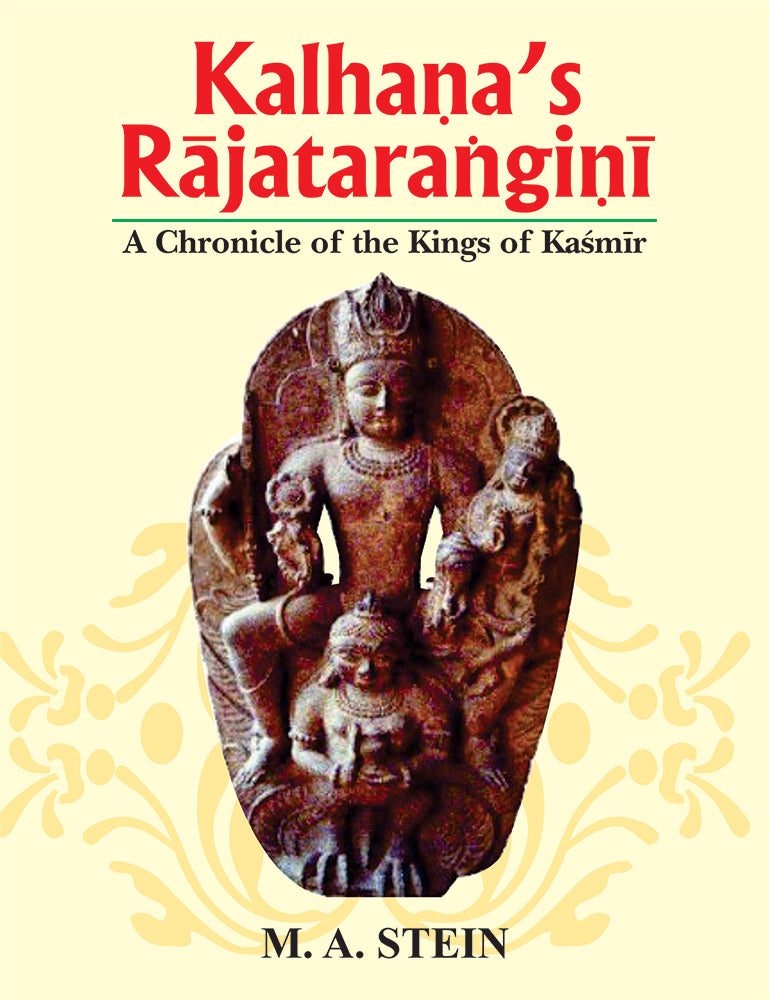Kalhana's Rajatarangini (Vol II): A Chronicle of the Kings of Kashmir
Kalhana's Rajatarangini (Vol II): A Chronicle of the Kings of Kashmir is backordered and will ship as soon as it is back in stock.
Couldn't load pickup availability
Kalhana’s Rajatarangini is the oldest and fullest record of Kashmir history. Sir Stein, recognising the inestimable value of the only work of its kind, succeeded in publishing the critical edition of the text as early as in 1892 which has been printed here as Vol. III of this three-volume set. Later he followed this illustrious venture by presenting a fully annotated translation of the Chronicle, in two volumes, printed as Vol. I and Vol. II here, the former containing the translation of the first seven tarangas of the original Sanskrit and the latter that of the remaining eighth tarangas.
The translation is preceded by a comprehensive and scholarly Introduction in which Stein has endeavoured to elucidate in the first place the data which can be gathered as regards the person of Kalhana, his family and the milieu in which he lived. In the second chapter (of the Introduction) the author has examined as closely as our available materials would permit, the objects and methods which guided Kalhana in the composition of his work, the sources he used for it, and the form which he gave to his narrative. The condition in which the text of the Chronicle has been handed down to us, and the materials the author has used for its reconstitution, are discussed in the third chapter, while the next chapter contains an exposition of Kalhana’s system of chronolgy. In the concluding and longest chapter of the Introduction it has been the author’s object to present a critical summary of Kalhana’s narrative and of the historical data contained in it. The Chronological and Genealogical Tables attached to the Introduction are intended to present in a condensed form the information furnished by the Rajatarangini regarding the date and descent of successive rulers of Kashmir. The Memoir which follows (Vol. II) the Translation and Notes, presents a connected and detailed account of the ancient geography of Kashmir.
-
Pages
-
Edition
-
Size
-
Condition
-
Language
-
Weight (kg)
-
Publication Year
-
Country of Origin
-
Territorial Rights
-
Reading Age
-
HSN Code
-
Publisher




